
This species has a distinctive morphology, combining primitive and modern features. Adults have a small body, long snout, dark gray fur, adapted to the limestone environment.
Phong Nha - Ke Bang National Park, Quang Tri province has just recorded an individual Truong Son rock rat ( scientific name Laonestes aenigmamus ) through a camera trap system placed in the park's strictly protected areas.
This is a rodent of the Diatomyidae family, once thought to have been extinct since the Miocene period, more than 11 million years ago. After its first rediscovery in 2016 in the limestone mountains of Phong Nha - Ke Bang, this species has now been clearly filmed for the first time in its natural environment while foraging.
The modern camera trap program implemented by the Phong Nha - Ke Bang National Park Management Board in coordination with international conservation organizations since the end of 2024 has collected 424 photos of Truong Son rock rats at 10 camera stations in special-use forests.
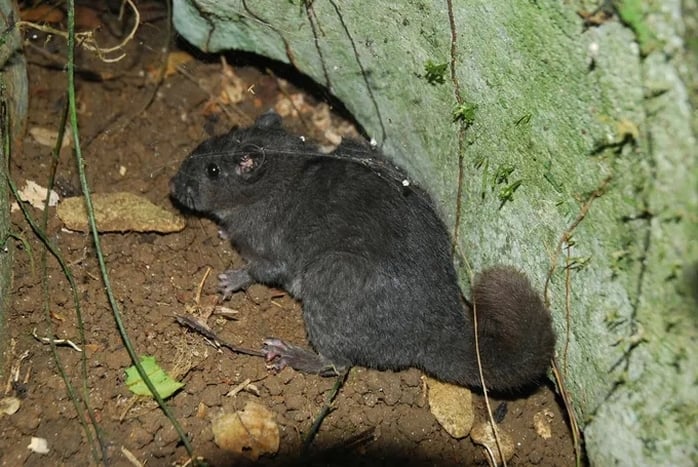
The recording of the Truong Son rock rat in the wild is a shocking discovery in the scientific community, affirming the importance of strictly protected zones and posing a greater responsibility for conservation work in the context of habitat loss and increasingly severe climate change.
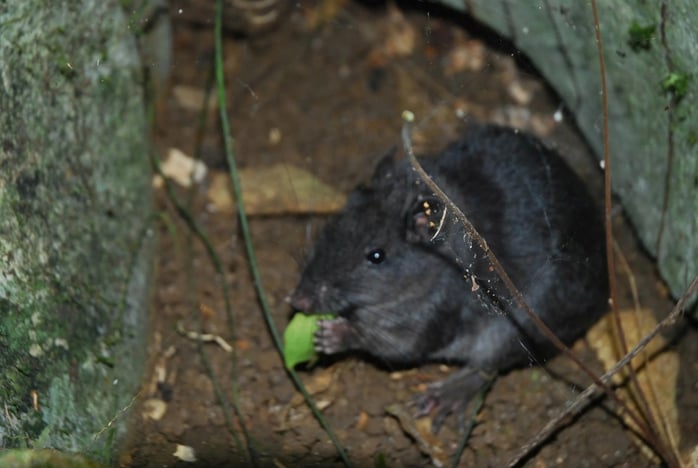
According to scientists, the Truong Son rock rat is an endemic species, currently only known in some limestone mountain areas of the Truong Son range, located in the territories of Vietnam and Laos.
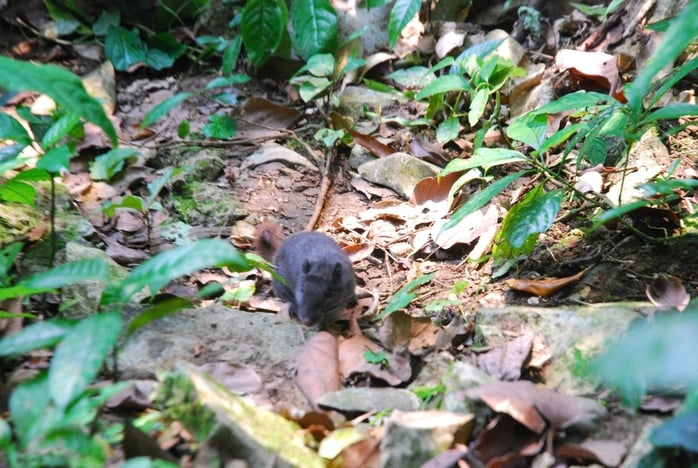
Recording images of living organisms in the wild helps to clarify biological behavior, habitat, and survival of species.
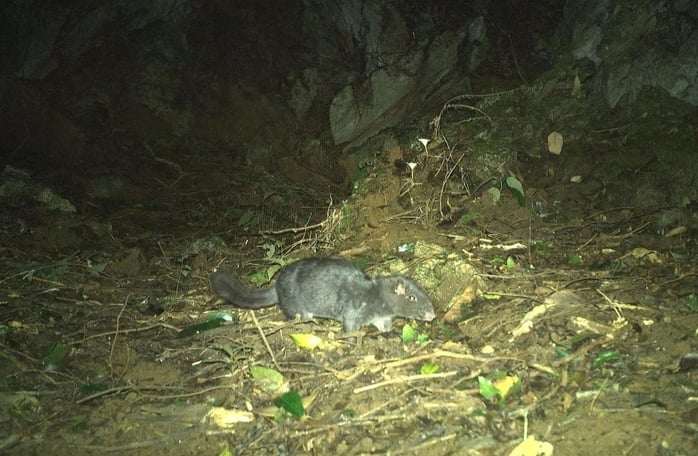
These images not only confirm the species' existence, but also expand its natural distribution, with new records in subdivisions of the park.
The Truong Son rock rat ( Laonestes aenigmamus ) belongs to the Diatomyidae family - an ancient rodent branch that was thought to be extinct since the Miocene period, more than 11 million years ago.
This is an endemic species, limited to a few areas of the Truong Son mountain range, stretching across central Vietnam and Laos. Before 2016, this species was only known from fossil specimens and specimens.
Source: https://nld.com.vn/dieu-thu-vi-ve-loai-chuot-tuyet-chung-11-trieu-nam-xuat-hien-tai-phong-nha-ke-bang-196250803091107053.htm























































![[Maritime News] Two Evergreen ships in a row: More than 50 containers fell into the sea](https://vphoto.vietnam.vn/thumb/402x226/vietnam/resource/IMAGE/2025/8/4/7c4aab5ced9d4b0e893092ffc2be8327)












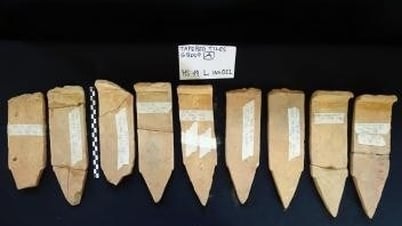




























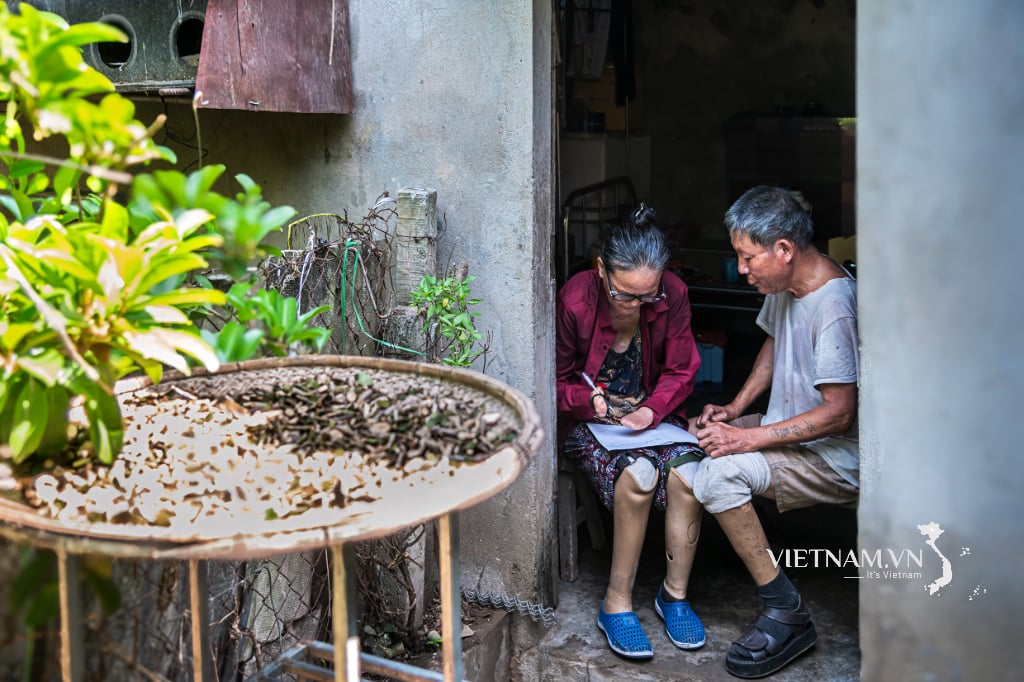


Comment (0)